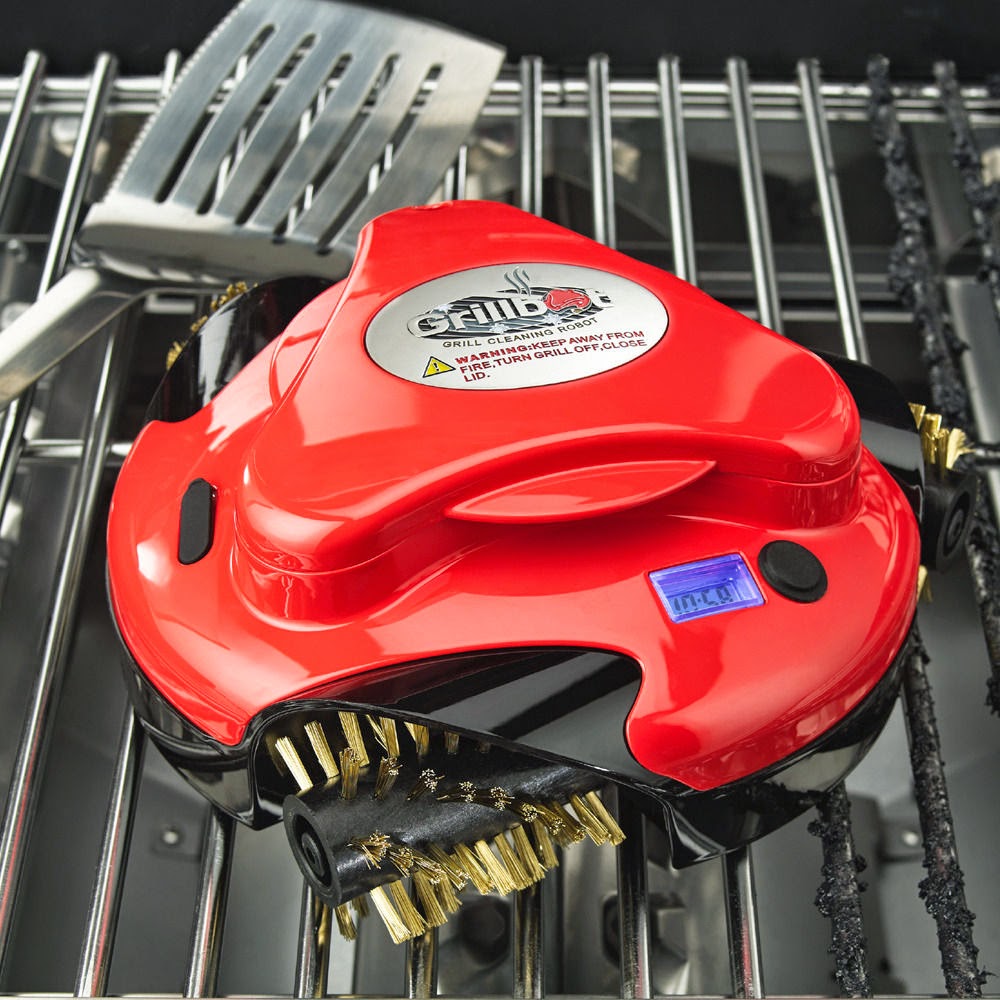The opening last year of the 181-room
Nobu Hotel within
Caesar's Palace in
Las Vegas appears to have ushered in a
new Sin City lodging concept: the
boutique resort. Two other new
small luxury properties are about to open in the coming months.
 |
| Asian-inspired luxury at The Nobu, Las Vegas |
While it occupies one of six existing Caesar's towers, the
Nobu is a serene,
completely contained unit with its own
dedicated staff, room service, bell service, lobby, security elevators, and more.
The tower was gutted to make way for contemporary
Asian-inspired rooms (think sleek black lacquered furniture, Japanese woodblock prints, teak stools in the over-sized showers) that are
larger than usual.
 |
| With a bathroom this big, you don't need a room |
The mini-bars are stocked with sakes, Japanese beers, and exotic juices. Guests receive
preferred seating at Nobu's highly rated restaurant. And that's not all. Caesar's luxurious
QUA spa has developed special treatments just for the Nobu.
Walk out of the peaceful lobby and you are steps away from the
action and gourmet dining you also came to Vegas for: Cleopatra’s Barge bar, Restaurant Guy Savoy, Bobby Flay’s Mesa Grill, the new Gordon Ramsay Bar & Grill, Payard Patisserie, the Forum Shops, showrooms, casinos, and race and sports book.
 |
| The new Cromwell, opening soon on the former site of Bill's Gamblin' Hall & Saloon |
Next month Caesar's opens a
second boutique hotel next to The Flamingo Hotel. The 181-room
Cromwell boasts Parisian-inspired decor, a restaurant by celebrity chef
Giada DeLaurentiis, a 65,000 square foot
roof-top beach club operated by
Victor Drai, and a chic basement-level
after-hours bar, also run by Drai, that promises to be a Vegas hotspot for the young and good-looking or the old and ridiculously wealthy.
(Incidentally and seemingly without reason, Caesar's claims that
The Cromwell is the Strip's
first luxury boutique hotel. So what does that make its own
Nobu Hotel, a gussied-up Travel Lodge? But I digress.)
 |
| The Delano: Miami Beach meets Las Vegas |
Finally, later this year
Miami's trendy Delano hotel launches a 190-room sister property in the part of the
Mandalay Bay tower that used house The Hotel (an earlier attempt to bring the small luxury concept to Vegas). The hotel's press agents have been hard at work, promising that the "Delano Las Vegas will bring the effortless style and unparalleled service of the original Delano South Beach to the energy and buzz of the Las Vegas Strip."
(
Effortless? In excessive, over-the-top Las Vegas? That we hope we live
long enough to see. But, again, I digress.)
As for other
Las Vegas trends, the leisure industry publication
Travel Pulse reports that the
Palm Hotel is following
The Peninsula Beverly Hills in making its rooms available on a 24-hour basis. That is, you can check in at
any time you prefer and check out at the same time 24 hours later.
Now there's a privilege that all travelers would like to see implemented around the globe.












